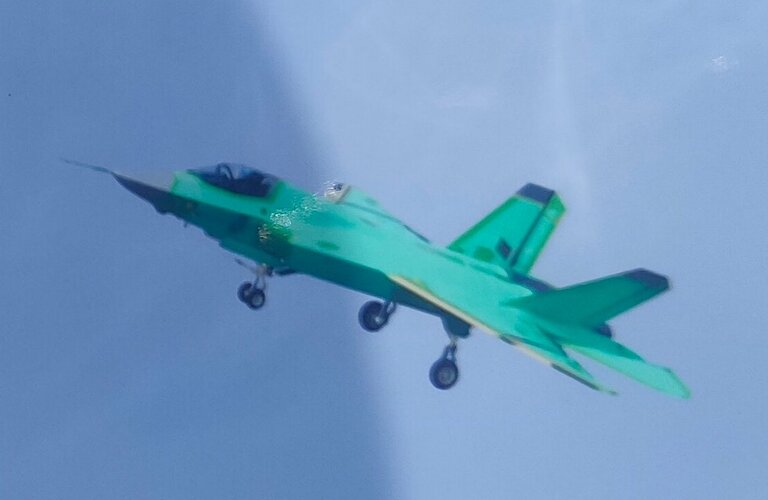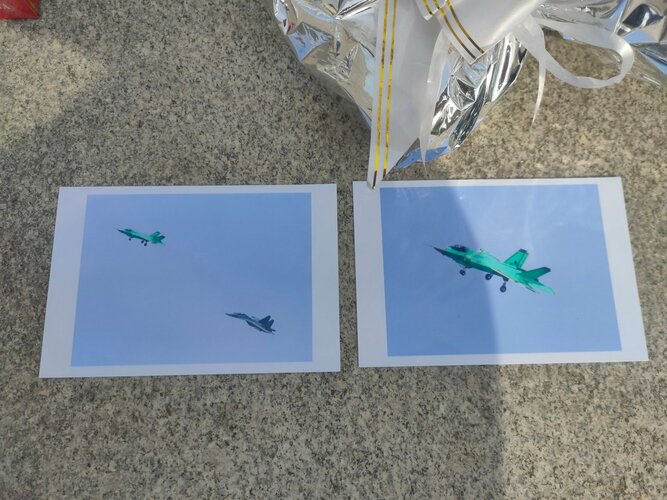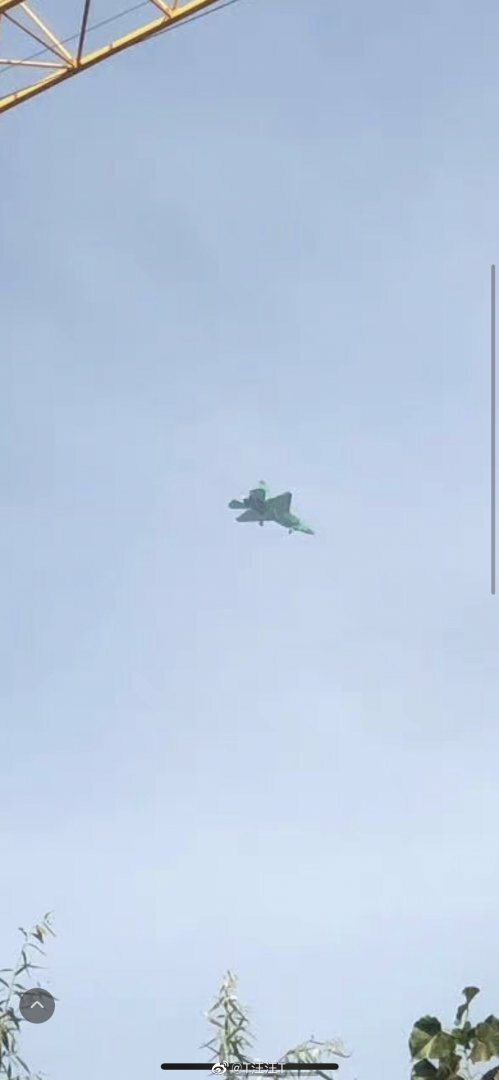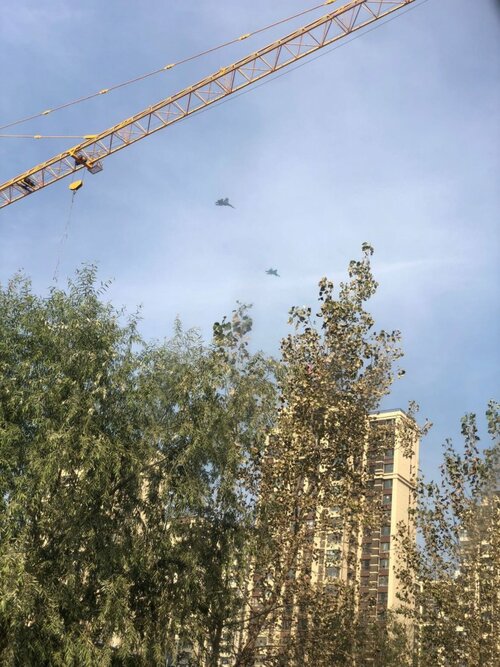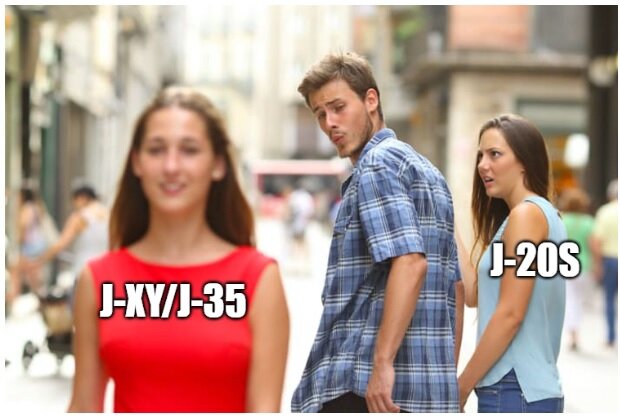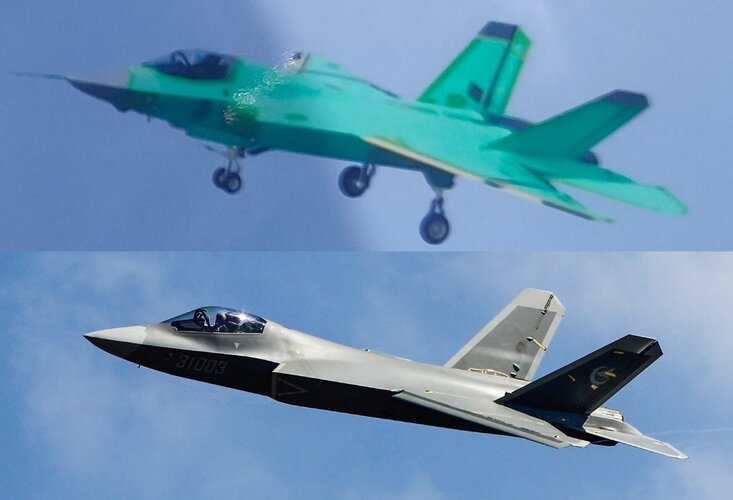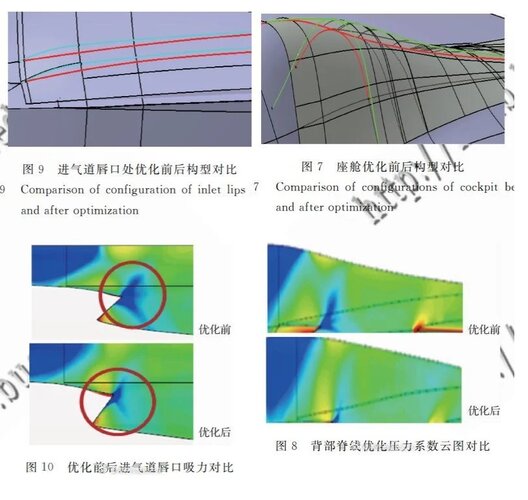How topical. A recent paper, posted via by78 over on SDF.
Jeez, I wonder what this paper from Shenyang about a carrier based stealth fighter depicting "before" and "after" modifications might refer to.
How interesting, it has DSIs but it doesn't have canards behind the intakes... I wonder what aircraft from Shenyang exists, that is stealthy, has DSIs, lacks canards behind the DSIs, and might be appropriate for modification to a carrier based variant.
I mean, it's not like we've had overwhelming rumours over the last 2-3 years about an aircraft that specifically fills the above criteria that has been resoundingly stated as the PLAN's choice for its 5th generation carrier based fighter.
And it's definitely not like we've recently had a mock up of such an aircraft visibly seen on the PLAN's dedicated land based carrier mock up facility...
Yes, it's totally reasonable for any military aviation enthusiast to talk about the forthcoming PLAN 5th generation fighter as if its overall characteristics are still a valid topic to debate.
A Brief Analysis on the Key Technologies of Aerodynamic Design of a Stealth Carrier-based Aircraft
Abstract: Several key technologies and engineering approaches in the aerodynamic design of a stealth carrier-based aircraft are introduced in this paper. Based on three requirments – enhanced lift at take-off and landing, refined drag reduction for supersonic flow, and the balanced design of load reduction – the concepts of extreme narrow-range aerodynamic design under multi-specialty constraints such as performance, stability, weight and stealth are laid out. Research shows that enhanced lift at take-off and landing can be achieved by flap design and optimization of three-dimensional bending of wings. The drag of the aircraft can be reduced by optimizing the cockpit shape and the compressible/expansion waves at the fuselage and the directions of the overflow suction. Moreover, the load reduction of the horizontal stabilizers can be achieved by the reverse bending design of the lower fuselage and the arresting hook hatch.
View attachment 660821View attachment 660822View attachment 660823View attachment 660824View attachment 660825


